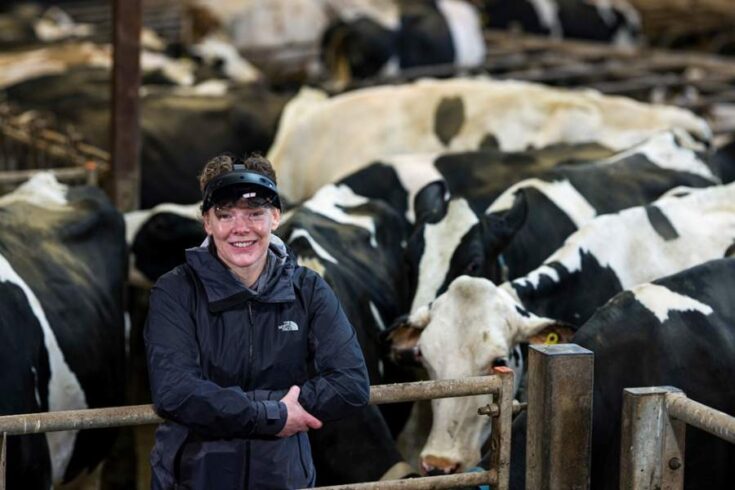They may be fun to play, but videogames also have serious potential when it comes to meeting real-world challenges. Recent developments at a UKRI-funded innovation hub show how insights from game designers can help address problems ranging from obesity to unhealthy dairy cows.
About the project
InGAME is the UK’s only dedicated research and development centre for videogame design. It is part of the Creative Industries Cluster Programme, and funded by UKRI through the Arts and Humanities Research Council (AHRC). The centre is based in Dundee, where some of the world’s most successful videogames were created, including Grand Theft Auto, Lemmings and the console version of Minecraft.
Dr Chris Lowthorpe, Senior Fellow and Head of Collaborative R&D at InGAME, described the centre’s five-year mission: “With our core team of experts, our aim is to increase the scale and value of the Dundee videogames cluster, driving innovation. Early on we saw that there were major opportunities for growth in applying videogames in the wider world.”
“That means not just using videogame tools and technologies, but also the design processes that lead to the development of new games,” he continued. “These can all be harnessed to help solve real-world problems.”
Many of InGAME’s collaborative research and development activities have developed from its Applied Games Lab (AGL). The AGL is an ‘innovation playground’ which explores the potential of videogame design techniques, tools and technologies to address a range of pressing issues. InGAME now works with partners from around the world to define the challenges that they have and begin to co-design solutions.
Impacts of the project
Project SmARtview is a UKRI-funded feasibility study involving the University of Abertay, local game studio Pocket Sized Hands, Agri-Tech Innovation Centre Agri-EPI and animal welfare specialist vetPartners. The study, which received a £250,000 award from UKRI, aimed to create a new augmented reality tool to make improvements in dairy farming.
Building on early work carried out at the AGL, the project uses artificial intelligence to identify individual cows through their distinctive markings. The tool will visualise real-time data in a way that allows vets to see at a glance how productive and healthy particular animals are. This will enable them to make quicker and more accurate interventions to improve animal welfare.
Insights from the AGL’s work in game design and immersive technologies are also useful for identifying and avoiding risks related to product development, as well as coming up with possible solutions.
“Games studios are often small, and it can be hard for them to lift their head above the parapet of day-to-day game creation,” explained Dr Lowthorpe. “But we can introduce them to the wider opportunities that are available, for applying their creativity and expertise outside of game-making.”
InGAME will soon be launching a series of ‘applied games catalysers’: challenging others to apply videogame tools and ideas to real-world problems. The first is in partnership with the innovation agency Nesta, and aims to help people lead longer, more healthy lives, in particular through efforts to reduce obesity.
“We’re challenging game designers to help people make better choices,” said Lowthorpe. “As well as being experts in visualising data, game designers are great at creating ‘choice architecture’ – they, better than anyone, understand how nudge theory works in practice. You can encourage people to have a healthier lifestyle by giving them small incentives.”
Find out more
Read the article Videogame technology used to enhance cow health at dairy farms on the Abertay University website.
Read more about the SmARtview project on Gateway to Research.
Read more about InGAME on the centre website.
Top image: InGAME co-investigator Professor Ruth Falconer on site at the South West Dairy Development Centre.

